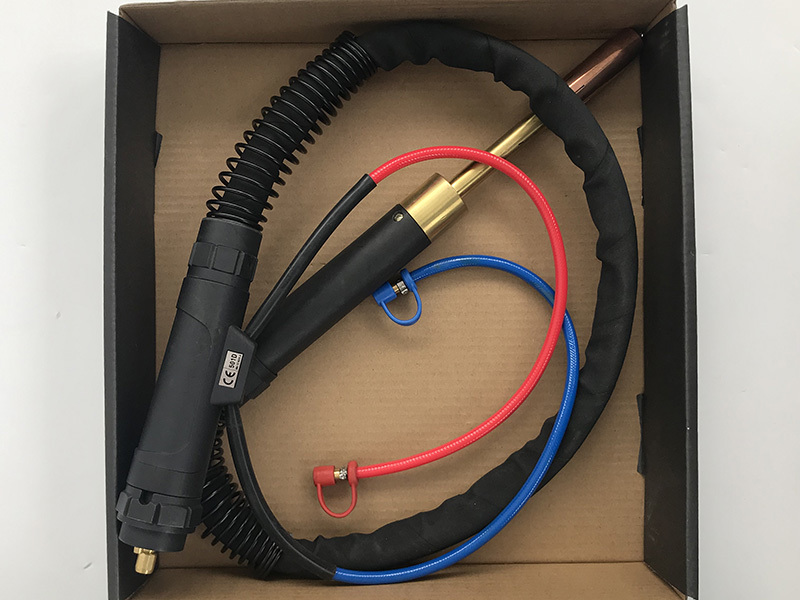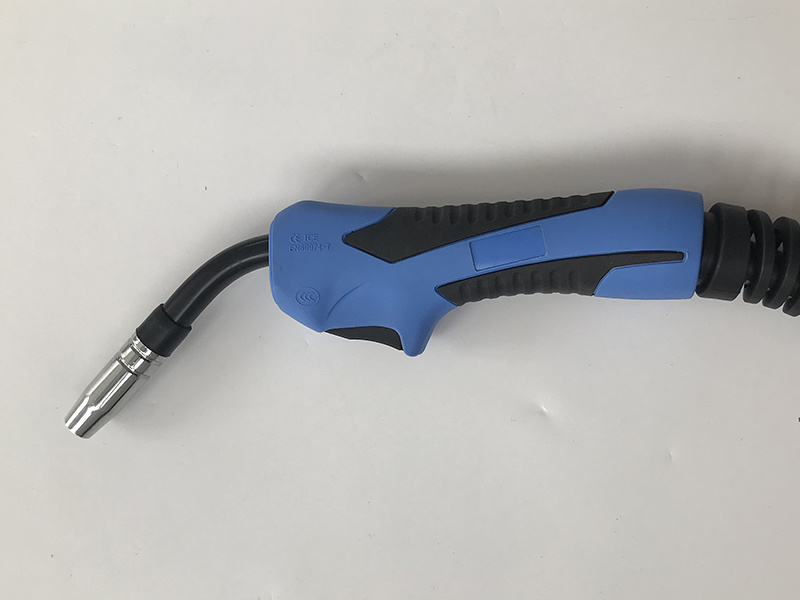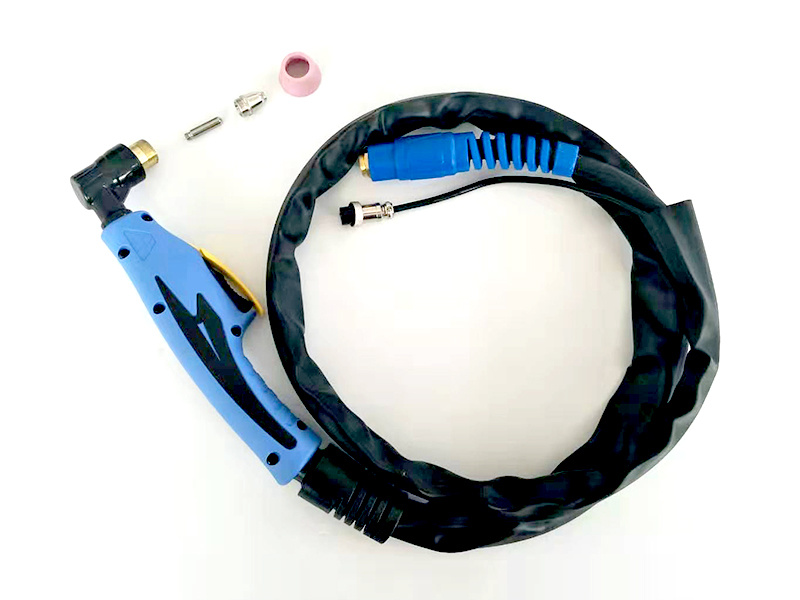language
Choosing the Right Welding Accessories for Your Projects: A Comprehensive Guide
May 07,2025
Choosing the Right Welding Accessories for Your Projects
Table of Contents
1. Introduction to Welding Accessories
2. Importance of Quality Welding Accessories
3. Different Types of Welding Accessories
3.1 Personal Protective Equipment (PPE)
3.2 Essential Welding Tools
3.3 Welding Consumables
4. How to Choose Welding Accessories
Choosing the Right Welding Accessories for Your Projects
Table of Contents
- 1. Introduction to Welding Accessories
- 2. Importance of Quality Welding Accessories
- 3. Different Types of Welding Accessories
- 4. How to Choose Welding Accessories
- 5. Safety Tips When Using Welding Accessories
- 6. Maintenance of Welding Accessories
- 7. Conclusion
- 8. Frequently Asked Questions (FAQs)
1. Introduction to Welding Accessories
Welding is a critical operation in various industries, including construction, manufacturing, and automotive. The right welding accessories can significantly enhance the quality and efficiency of your work. These accessories not only facilitate the welding process but also ensure the safety of the welder. In this guide, we will explore the essential accessories needed for successful welding projects and how to choose the right ones for your specific requirements.
2. Importance of Quality Welding Accessories
Quality welding accessories play an integral role in the welding process. Using subpar materials can lead to poor weld quality, increased risk of accidents, and potential damage to equipment. Investing in high-quality accessories ensures that the welds are strong, clean, and durable. Furthermore, quality accessories often enhance the overall efficiency of the project, saving time and reducing the likelihood of rework.
3. Different Types of Welding Accessories
Understanding the different types of welding accessories is crucial for selecting the right ones. This section will cover the primary categories of accessories you need to consider.
3.1 Personal Protective Equipment (PPE)
Personal Protective Equipment is paramount in ensuring the safety of welders. Key PPE items include:
- **Welding Helmet**: Protects the eyes and face from UV rays, sparks, and heat. Look for helmets with adjustable shades for varying levels of light.
- **Gloves**: Appropriate welding gloves protect the hands from heat and sparks. Choose gloves made from durable materials such as leather or kevlar.
- **Protective Clothing**: Flame-resistant jackets, aprons, and pants safeguard against burns. Ensure that clothing is well-fitted to prevent snagging.
- **Safety Shoes**: Steel-toed boots provide protection against heavy objects and electrical hazards.
- **Respirators**: For certain welding processes, especially those that produce fumes, a good respirator is essential in preventing respiratory issues.
3.2 Essential Welding Tools
Having the right tools is equally important. Essential welding tools include:
- **Welding Machine**: The most fundamental tool, available in various types such as MIG, TIG, and Stick welders. Choose one based on your project requirements.
- **Electrodes and Filler Rods**: Depending on the welding technique, you will need specific electrodes or filler rods compatible with the materials being welded.
- **Clamps and Holders**: Used to secure workpieces in place during welding to ensure accuracy and safety.
- **Grinders**: For surface preparation and cleaning welds, a good grinder is indispensable.
- **Welding Carts**: A portable cart keeps your welding setup organized and easy to move.
3.3 Welding Consumables
Consumables are items that are used up during the welding process. Common consumables include:
- **Gas Cylinders**: For processes like MIG welding, you will need a supply of shielding gas. Ensure proper handling and storage.
- **Nozzles and Tips**: These control the flow of gas and protect the welding arc. Regular replacement is necessary for optimal performance.
- **Welding Wires**: Different welding processes require different types of wires. Selecting the right one is crucial for the quality of the weld.
4. How to Choose Welding Accessories
Choosing the right welding accessories can be overwhelming given the variety available. Here are some key considerations.
4.1 Understanding Your Project Needs
Every welding project is unique. Determine the type of materials you will be working with, the thickness of those materials, and the welding technique that is most suitable. These factors will guide your selection of accessories.
4.2 Budget Considerations
While it might be tempting to opt for the least expensive options, remember that quality often comes at a price. Establish a budget that allows for the purchase of reliable accessories without compromising on safety and efficiency.
4.3 Brand and Quality Preference
Research reputable brands known for their welding accessories. Reading reviews and seeking recommendations from experienced welders can help you make informed decisions. Quality products may cost more initially but will pay off in longevity and performance.
5. Safety Tips When Using Welding Accessories
Safety should always be your top priority when welding. Here are some essential safety tips:
- **Inspect Equipment Regularly**: Before starting a project, check all equipment and accessories for signs of wear or damage.
- **Work in a Well-Ventilated Area**: Proper airflow is necessary to disperse harmful fumes.
- **Keep a Fire Extinguisher Nearby**: Have an appropriate fire extinguisher on hand in case of emergencies.
- **Follow Manufacturer Instructions**: Always refer to the manufacturer's guidelines for using welding equipment and accessories.
6. Maintenance of Welding Accessories
Proper maintenance extends the life of your welding accessories and ensures optimal performance. Here are some maintenance tips:
- **Clean Regularly**: Keep tools and equipment free from dust, debris, and weld spatter. Use appropriate cleaning agents as recommended by manufacturers.
- **Store Properly**: Store consumables and tools in a dry, clean environment to prevent rust and degradation.
- **Inspect Wear and Tear**: Regularly check all accessories for any signs of wear. Replace items as necessary to maintain performance and safety.
7. Conclusion
Choosing the right welding accessories is essential for the success of your welding projects. By understanding the different types of accessories available, considering your specific project needs, and prioritizing safety and maintenance, you can ensure a smooth and efficient welding experience. Investing in quality accessories not only enhances the quality of your work but also contributes to a safer working environment. With the right preparation and equipment, you are well on your way to achieving outstanding results in your welding endeavors.
8. Frequently Asked Questions (FAQs)
1. What are the most essential welding accessories for beginners?
The most essential accessories include a welding helmet, gloves, protective clothing, and a basic welding machine. As you advance, you may need additional tools and consumables.
2. How do I know which welding technique to use for my project?
The choice of welding technique depends on the materials you are working with and the desired strength and appearance of the weld. Research the properties of the materials and consult welding guides for recommendations.
3. Can I use any gloves for welding?
No, it is crucial to use gloves specifically designed for welding. These gloves provide heat resistance and protection against sparks and slag.
4. How often should I replace my welding helmet?
Replace your welding helmet if it shows signs of damage, such as cracks or a malfunctioning auto-darkening feature. Regularly check the lens and replace it if it becomes scratched.
5. Are there welding accessories that improve efficiency?
Yes, accessories such as welding carts, clamps, and high-quality nozzles can significantly improve efficiency by keeping your workspace organized and your equipment functioning optimally.
Add
Xing village, lvgongbao town, renqiu city, hebei province, china









